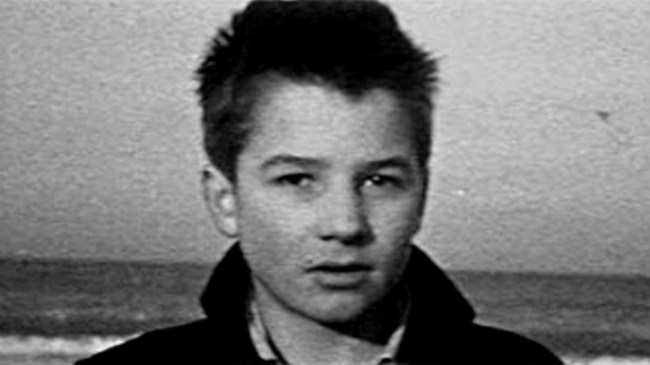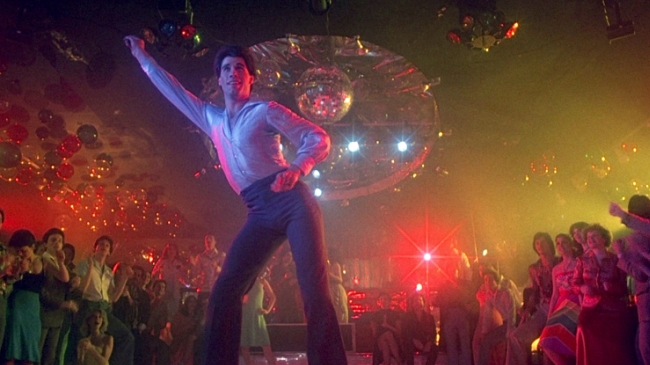50 Movie Characters You Won't Believe Are Real People
Only the names have been changed
Antoine Doinel

The Character: The young rebel hero of Francois Truffaut's The 400 Blows … who we then then see grow up across four further films, each time played by Jean-Pierre Léaud.
The Inspiration: Look no further than Truffaut himself, who used Doinel to mirror his own life in the longest and most complex piece of autobiography in cinema.
Artistic Licence: When Truffaut met Léaud, the actor subtly changed the character's focus. As the director observed, "I saw Antoine as being more fragile, more unpolished, less aggressive; Jean-Pierre gave him his health, his aggressiveness, his courage.”
Dottie Hinson

The Character: Baseball player (portrayed by Geena Davis in A League Of Their Own ) who overcomes prejudice to become the star player in the fledgling women's league during WWII.
The Inspiration: Hinson's model was Dorothy Kamenshek, the most decorated female baseball player of her generation and widely regarded as one of America's finest sportswomen.
Artistic Licence: The film's depiction of a rivalry between Hinson and her sister was entirely fictional.
Severus Snape

The Character: Alan Rickman-faced Potions master at Hogwarts, whose disdain for Harry Potter might be caused by pro-Voldemort villainy, or might just be the sign of a grumpy sod. Eight films down the line, we found out.
Sign up for the Total Film Newsletter
Bringing all the latest movie news, features, and reviews to your inbox
The Inspiration: There was a real Snape in J.K. Rowling's life - her school's short-tempered chemistry teacher (and also Rowling's mum's boss), John Nettleship.
Artistic Licence: Potions = chemistry + imagination upgrade.
Henry

The Character: Blue-collar psycho played by Michael Rooker, whose brutal, banal existence is charted in Henry: Portrait Of A Serial Killer .
The Inspiration: Director John McNaughton devised his film after watching a documentary about Henry Lee Lucas who, like the fictional Henry, was a drifter who moved around America to evade detection.
Artistic Licence: Lucas was an infamous fantasist, many of whose confessions were later debunked. Many of the film's killings are based on these violent fantasies.
J.J. Hunsecker

The Character: The scalpel-penned newspaper columnist in Sweet Smell Of Success is played to malevolent perfection by Burt Lancaster.
The Inspiration: Walter Winchell, a similarly abrasive columnist whose scurrilous exposure of celebrity secrets were syndicated to over 2,000 newspapers at his peak.
Artistic Licence: The story's creator, Ernest Lehmann, imagined that Hunsecker had an Achilles heel - his quasi-incestuous love for his kid sister.
Harry Callaghan

The Character: Magnum-toting, 'Dirty' San Francisco cop played by Clint Eastwood. Warning to punks: only cross this guy if you're feeling really, really lucky.
The Inspiration: Like Steve McQueen's Bullitt before him, Dirty Harry is based on Dave Toschi, the detective in charge of the hunt for the Zodiac killer.
Artistic Licence: Harry takes down the fictional Scorpio, but Toschi (played by Mark Ruffalo in David Fincher's film about the real-life events) never caught Zodiac.
Tony Manero

The Character: John Travolta's sharp-suited disco king in Saturday Night Fever - Brooklyn to the core.
The Inspiration: The film was based on a magazine article about disco, written by British journalist Nik Cohn; however, the latter was a newcomer to New York so wrote about the people he witnessed back home. The character who became Manero was, originally, "a Shepherd's Bush mod whom I'd known in the Sixties."
Artistic Licence: There's not a shred of truth left.
Quint

The Character: Gnarly fisherman - and survivor of the USS Indianapolis - who is hired to help track down the Great White known as Jaws ; played by Robert Shaw.
The Inspiration: The character's creator, Peter Benchley, had gone on a shark hunting expedition while researching the novel with self-proclaimed 'monster fish' expert Frank Mundus.
Artistic Licence: Quint's personality and profession are spot-on; his wartime past was a poetic addition by uncredited script doctor John Milius.
Tony Camonte

The Character: The eponymous Scarface played by Paul Muni in the original 1932 movie - a vicious gangster eventually brought down because of his overly fond feelings for his sister.
The Inspiration: Al Capone, although screenwriter Ben Hecht had to persuade the famous mobster's men otherwise when they paid him a visit.
Artistic Licence: Aside from the scar, there are few direct factual links… and the film ignores Capone's eventual imprisonment (he was behind bars before the film was made) in favour of killing Camonte.
Sherlock Holmes

The Character: Decked out in deerstalker and hooked on opium, London's finest detective has deduced the most impossible cases in dozens of movies and TV shows.
The Inspiration: Arthur Conan Doyle was once a clerk to a medical lecturer called Joseph Bell, who taught forensic science by deducing information about random strangers.
Artistic Licence: Like Holmes, Bell occasionally assisted the police… but he never gave up the day job to become a freelance detective.


